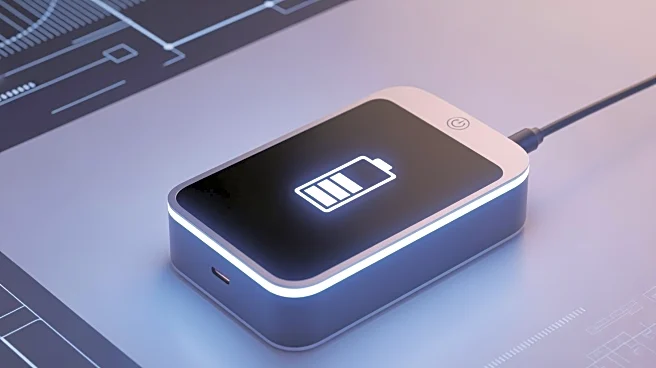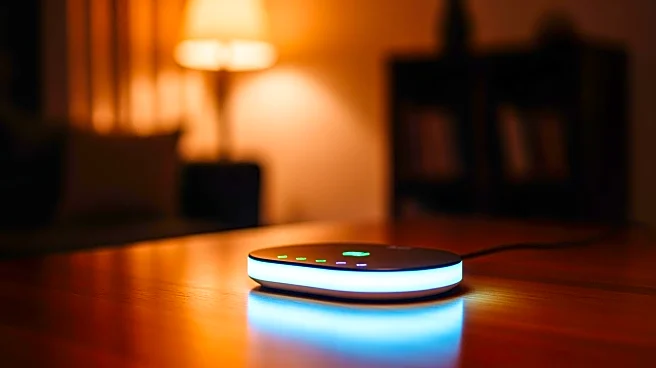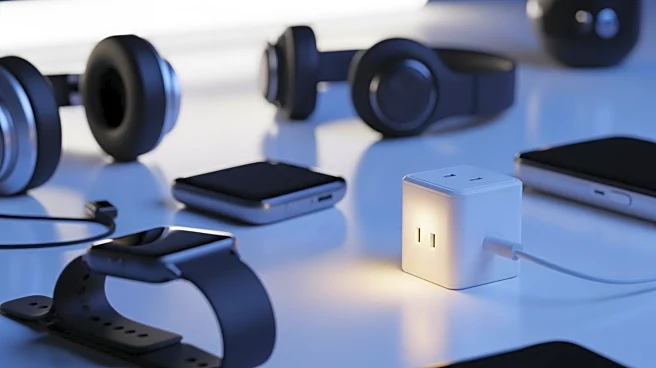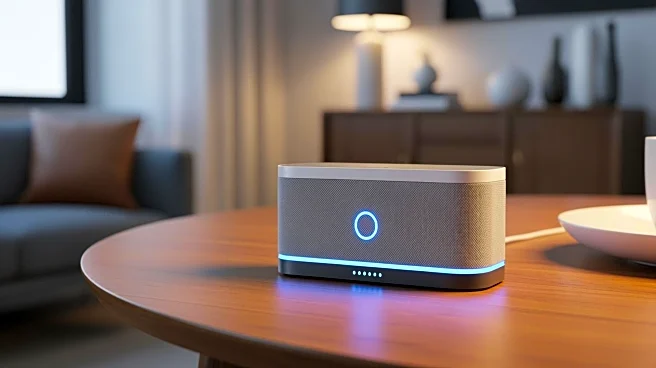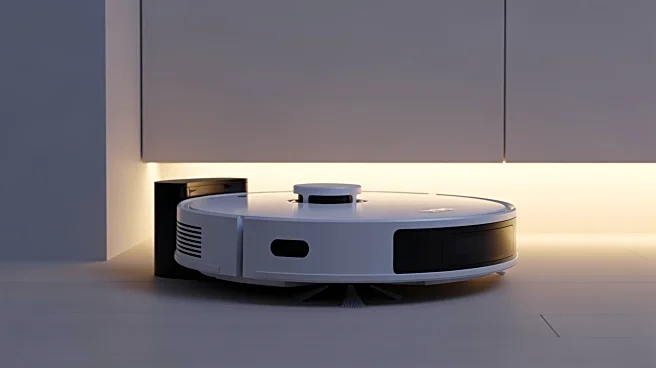What's Happening?
Aqara has launched its first battery-powered presence sensor, the Presence Multi-Sensor FP300, which can be installed in various locations within a home to automate smart devices. The sensor is powered by
CR2450 coin cell batteries, offering up to three years of battery life when used with a Zigbee smart home setup, or up to two years with Thread. The FP300 utilizes passive infrared (PIR) and 60 GHz mmWave radar sensors to detect movement or stationary individuals up to 20 feet away, enabling automations such as turning on lights when someone enters a room or switching off devices when a room is empty. Additionally, the sensor includes temperature, humidity, and light sensors for climate control automation. It supports Zigbee and Matter over Thread, making it compatible with platforms like Apple Home, Google Home, Amazon Alexa, and Samsung SmartThings.
Why It's Important?
The introduction of Aqara's battery-powered presence sensor represents a significant advancement in smart home technology, offering greater flexibility in device placement without the need for power cords. This innovation could lead to increased adoption of smart home systems, as it simplifies installation and enhances energy efficiency through automated climate control. The extended battery life and compatibility with multiple platforms make it a versatile option for consumers looking to integrate smart technology into their homes. As smart home devices become more accessible and user-friendly, they have the potential to transform household management, improve energy conservation, and enhance convenience for users.
What's Next?
Aqara's FP300 sensor may prompt other companies in the smart home industry to develop similar battery-powered devices, potentially leading to a broader range of options for consumers. As the technology evolves, there could be further enhancements in sensor capabilities, such as improved detection accuracy and additional features like multi-person detection. The integration of smart home devices with various platforms may also lead to increased interoperability, allowing users to create more complex and personalized automation routines. Additionally, the focus on energy efficiency and convenience could drive further innovation in smart home technology.
Beyond the Headlines
The shift towards battery-powered smart home devices raises questions about sustainability and environmental impact, particularly concerning battery disposal and recycling. As the market for these devices grows, manufacturers may need to address these concerns by developing eco-friendly battery solutions and promoting responsible disposal practices. Furthermore, the increased reliance on smart home technology could lead to discussions about data privacy and security, as these devices often collect and transmit personal information. Ensuring robust security measures and transparent data policies will be crucial in maintaining consumer trust and protecting user privacy.
